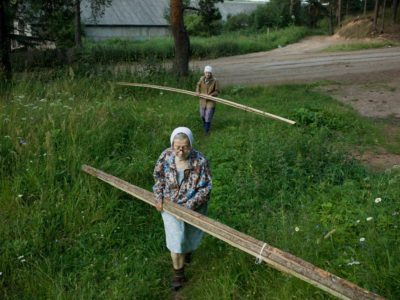By examining possible issues and solutions about how to learn to live harmoniously with autonomous vehicles, this book touches upon the broader question of how to learn to live together with non-human beings. The essays, the case-studies, and the imagery explore issues of safety, control, surveillance, privacy, security, policy, and automation, in particular focusing on what it means to understand how autonomous vehicles might see, which defines the terms of a new biopolitics of driverless sensory technologies. Recognizing the inadequacies of traditional systems to address the social complexities raised by new technologies, the book collects and imagines new tools of participation that can be inclusive of a wide range of subjects and engage with many expertises and points of view: kerbs become “participants in shifting political assemblages”; humans experience the city from the perspective of a self-driving car; a driverless bus is engaged in conversation. Learning to live together not only raises fundamental questions about the implications of advancing technologies at large, but it allows us to imagine a world where, through tools such as the hybrid forum, humans are not the ones dictating the conditions of cohabitation with non-human subjects.
— Chiara Dorbolò, Curator of the Architecture Book Fair 2021





